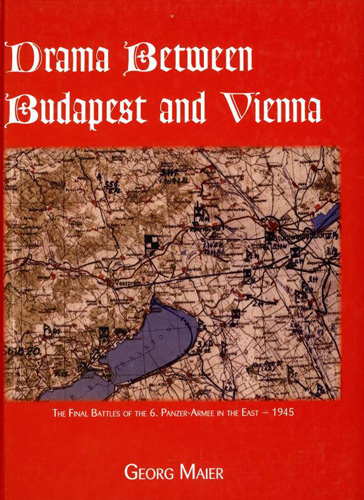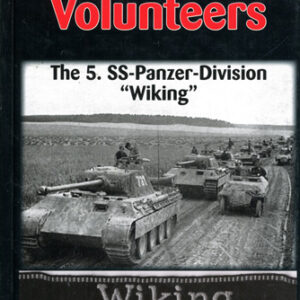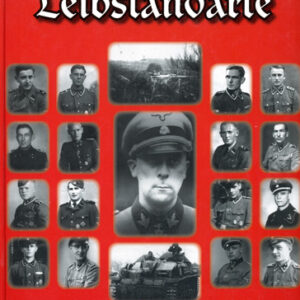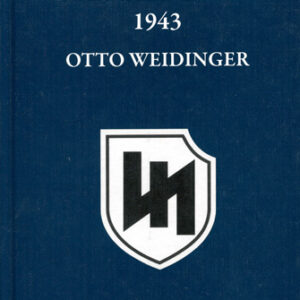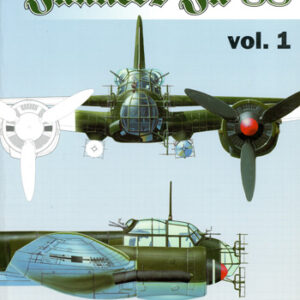Description
Georg Maier, the former Deputy Chief of Staff for Operations of the 6. (SS)-Panzer-Armee, has written not only a monumental history of his former field army but a sweeping account of the little-known fighting on the southern portion of the Eastern Front in the final months of the war.
Maier provides a truly objective overview of those operations by making use of primary sources — documents, war diaries and surviving senior commanders — to show the reader how decisions were made at senior levels of command and how certain post-war memoirs have only distorted the picture of what really happened in the final few months of the war.
As such, it encompasses the operations of four different Waffen-SS corps and, by extension, nearly all of the “name” divisions of the Waffen-SS: The 1. SS-Panzer-Division “Leibstandarte SS Adolf Hitler,” the 2. SS-Panzer-Division “Das Reich,” the 3. SS-Panzer-Division “Totenkopf,” the 5. SS-Panzer-Division “Wiking,” the 9. SS-Panzer-Division “Hohenstaufen” and the 12. SS-Panzer-Division “Hitlerjugend.” In addition, many of the most-famous Army armored divisions were involved in this fighting: the 1. Panzer-Division, the 3. Panzer-Division, the 6. Panzer-Division and the 23. Panzer-Division.
Maier starts his narrative with part one of a three-part drama: The brutal and ill-fated fighting to relieve the encircled city of Budapest and the IX. SS-Gebirgs-Korps by Armeegruppe Balck (primarily by the IV. SS-Panzer-Korps). He then follows up with act two: A day-by-day account of the successful but operationally relatively inconsequential Gran Offensive of the I. SS-Panzer-Korps and Panzer-Korps “Feldhernnhalle.” This is followed by the ill-fated Lake Balaton offensive, where the 6. Panzer-Armee — comprised of the I. SS-Panzer-Korps and the II. SS-Panzer-Korps, among other formations — was bled white combating prepared Soviet defenses in terrain that was completely ill suited for armored warfare. He concludes the text portion of the book with act three, which details the remaining two months of the war and includes the efforts of the 6. Panzer-Armee to defend Vienna and prevent the Soviet Army from advancing into the Reich.
In the course of his narrative, Maier provides insights into the political wrangling of certain generals and presents a first-hand account of the handling of the infamous “cuff title” order issued by Hitler. (Maier personally presented the Teletype message to the Commander-in-Chief of the 6. Panzer-Armee, SS-Oberstgruppenführer Sepp Dietrich, in which Hitler demanded his elite formations remove their identifying cuff titles). Not only was Georg Maier there, but he also backs up every contention with prodigiously researched material consisting almost exclusively of primary sources.
Whether interested in Waffen-SS formations in general or a student of military history with an interest in the command and control of military formations at the highest levels of command, this book will be of interest to you. It is destined to become the standard work in English on this theater and period of World War II. ISBN: 0-921991-78-9.
Hard cover, large format (9″x12″), 475+ text pages, nearly 1,000 footnotes, 16 pages of photos, 124 appendices and a separate 32-page full-color map book.
ISBN 0921991 78-9
SALE PRICE IN EFFECT UNTIL FEBRUARY 28, 2011

